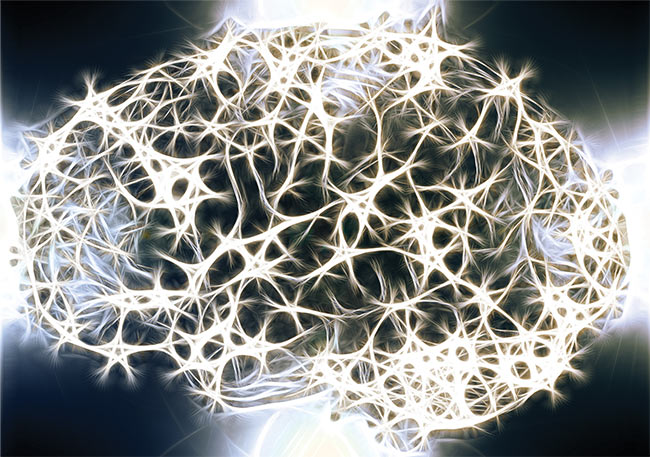Two-photon microscopy has surpassed confocal imaging for the study of intact, living tissue. Three-photon imaging is not far behind and is already allowing researchers to image at depths.
FAROOQ AHMED, CONTRIBUTING EDITOR
 Nearly two decades ago, Winfried Denk and Karel Svoboda argued in the journal Neuron that “multiphoton imaging is more than a gimmick”1. At the time, confocal microscopy — combined with advancements in fluorescent reporter systems and an increase in desktop computing power — had set a high standard for 3D imaging of biological specimens.
But Denk, a German physicist at Bell Laboratories in Murray Hill, N.J., who developed two-photon imaging in 1990 when he was a
Nearly two decades ago, Winfried Denk and Karel Svoboda argued in the journal Neuron that “multiphoton imaging is more than a gimmick”1. At the time, confocal microscopy — combined with advancements in fluorescent reporter systems and an increase in desktop computing power — had set a high standard for 3D imaging of biological specimens.
But Denk, a German physicist at Bell Laboratories in Murray Hill, N.J., who developed two-photon imaging in 1990 when he was a
Member Exclusive: To read the complete article, please Login or Register